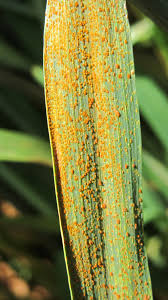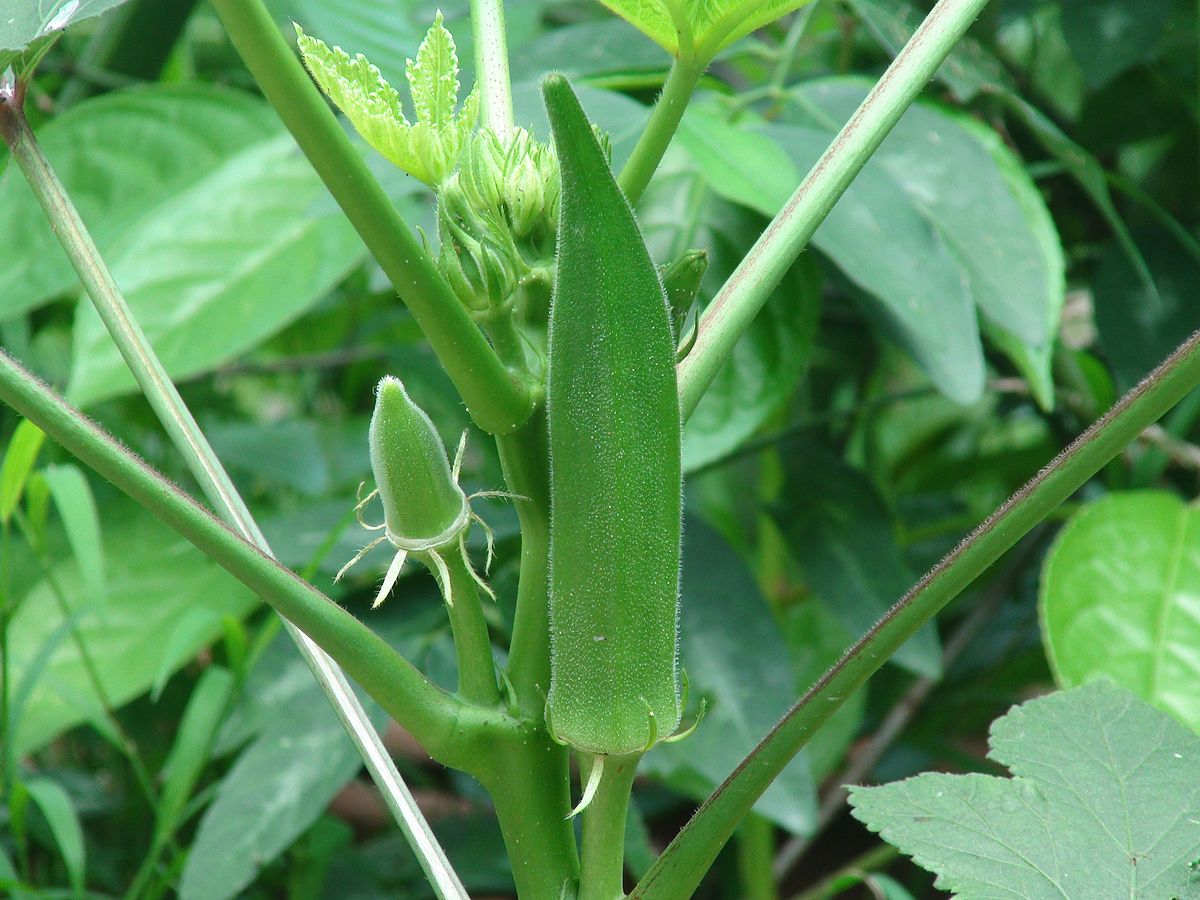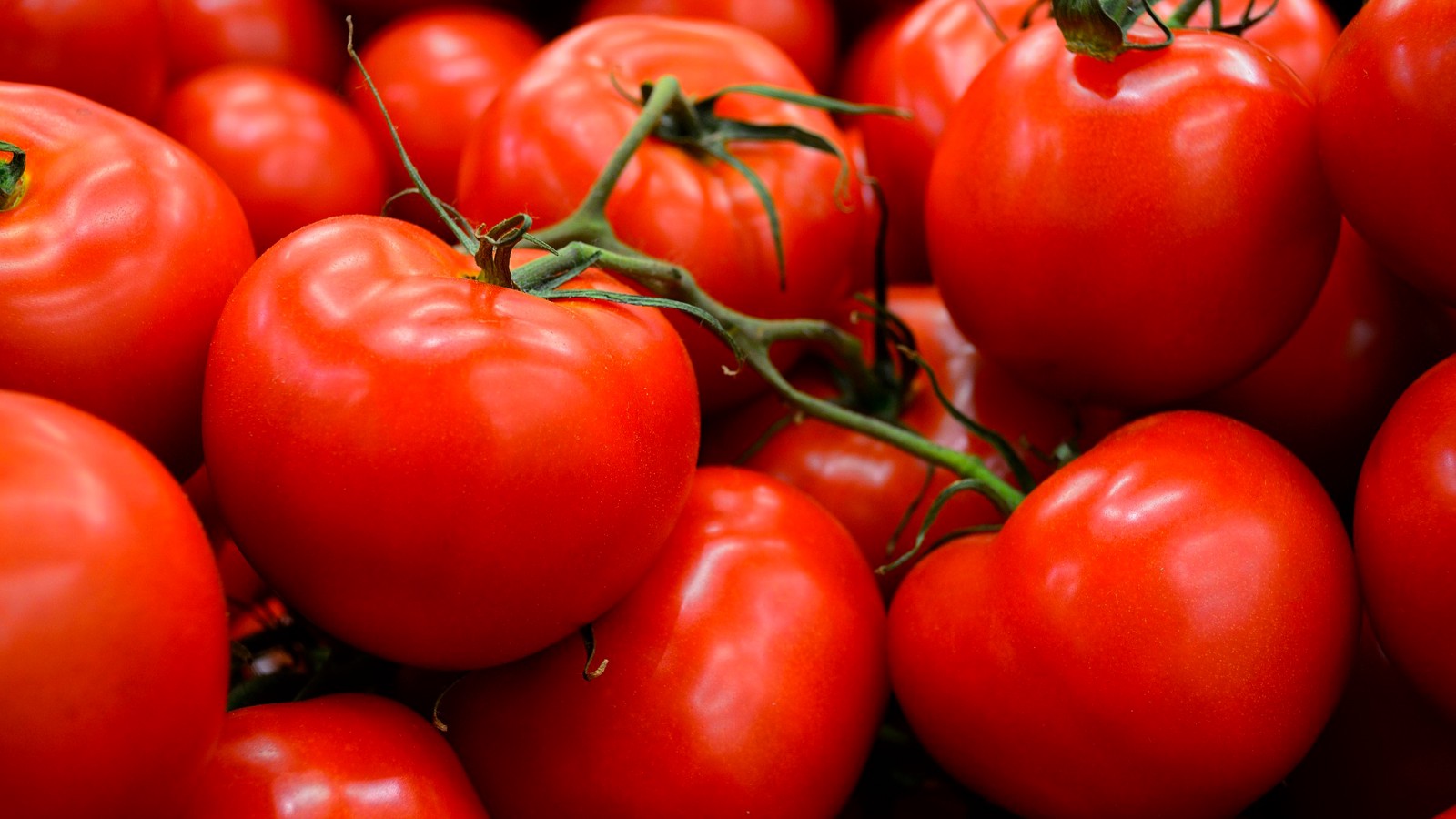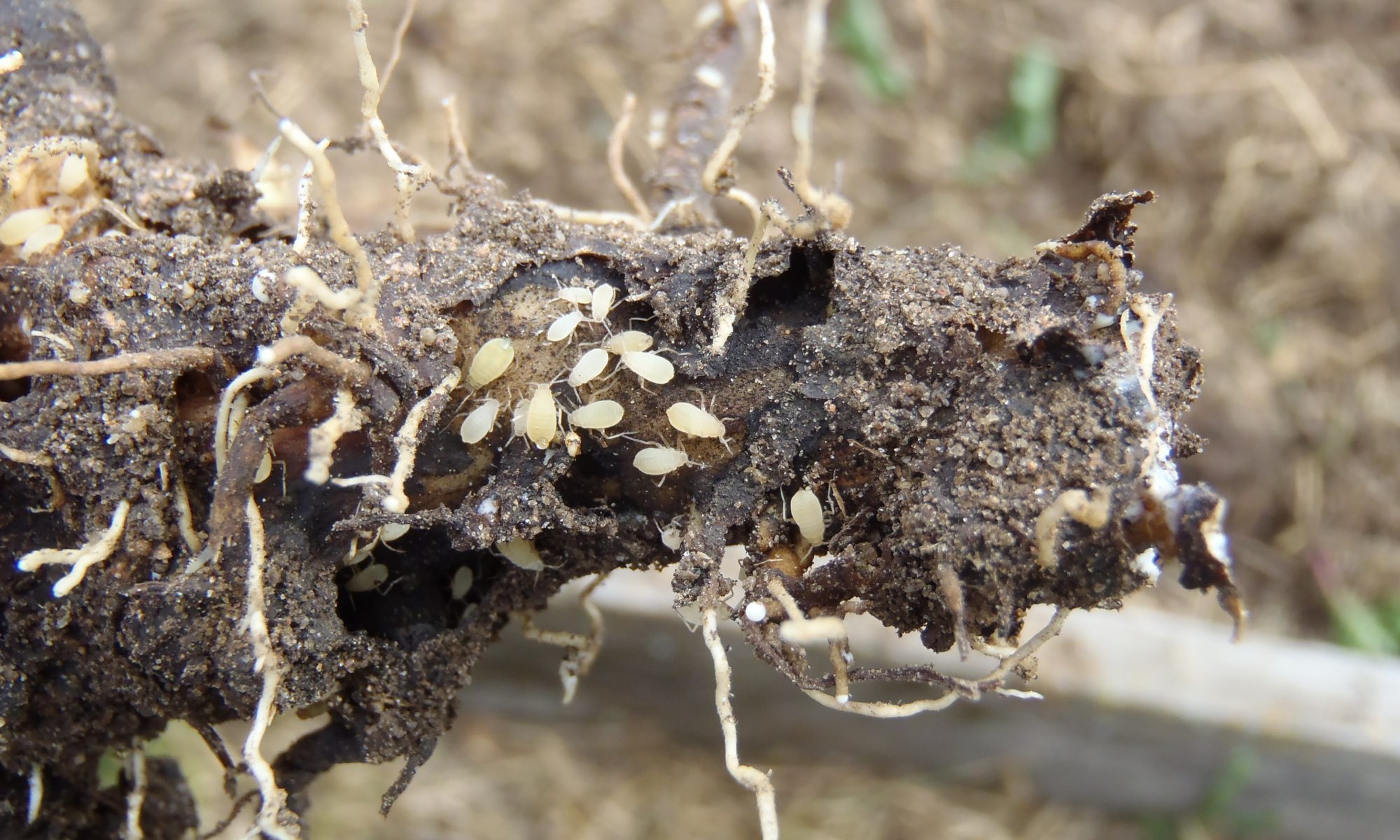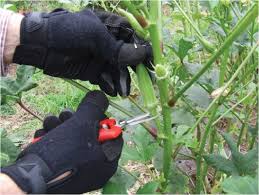-
- Leaf rust is caused by the fungus.
- The first signs of the disease (sporulation) occur 10-14 days after infection
- Leaf rust produces reddish-orange coloured spores which occur in small, 1.5 mm, circular to oval-shaped pustules.
- These are found on the top surface of the leaves, distinguishing leaf rust from stem rust which is found on both surfaces of the leaf.
- The spores require 15 to 20ºC temperature and free moisture (dew/rain/irrigation) on the leaves to successfully infect wheat.
Management-
- Crop rotation is very important.
- Growing resistant varieties is an economical and environmentally friendly way of disease reduction.
- During the growing season, active crop monitoring is very important for an early detection of diseases.
- Avoid repeated use of fungicides with the same active ingredient.
- Spray Kasugamycin 5% + Copper Oxychloride 45% WP 320 gm/acre or Propiconazole 25% EC 240 ml/acre.
Like and share with other farmers by clicking on button below
Share
